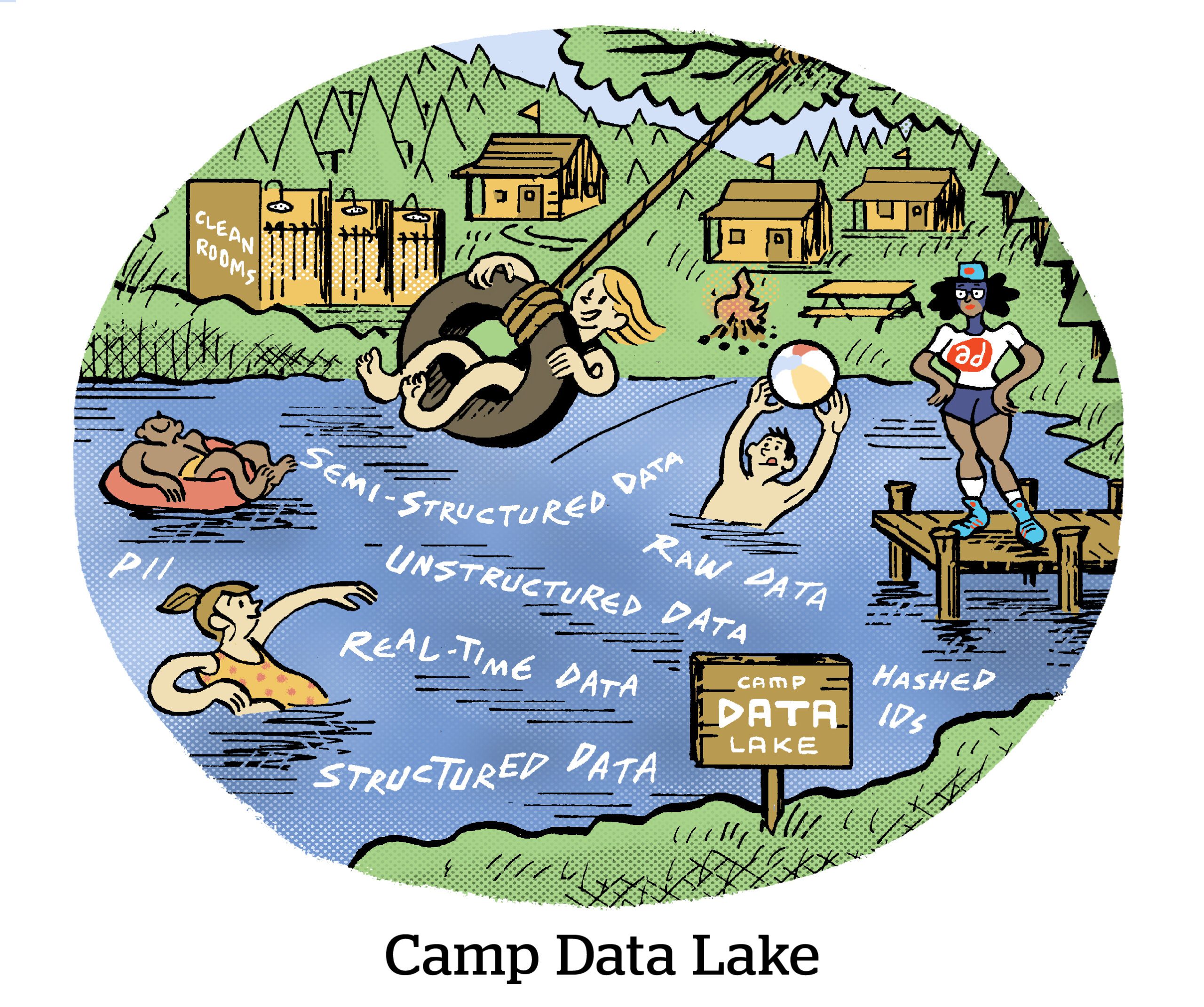
The data management platform (DMP) market is entering its next phase.
If the first wave of traditional DMPs was built for the third-party-cookie-based internet (think Demdex, Lotame, Krux), the second wave (Permutive, Carbon, 1plusX and their ilk) was designed to bridge the gap between the cookie-based and post-cookie web.
Now, a third wave of DMPs, designed specifically for cookieless and ID-less advertising, is hitting the market.
On Thursday, ArcSpan, a startup that helps publishers monetize their audiences, launched a DMP it’s calling an Audience Monetization System (AMS for short) that would fit neatly into this new third wave.
The platform was specifically built to organize a publisher’s first-party data into buyable contextual audiences and also highlights which audiences are likely to drive the most revenue.
A convergence of trends
Publishers are at an inflection point.
Amid the shift away from third-party cookies to a first-party data-based model, publishers have an opportunity to regain control over how they package and sell their inventory and a chance to take better advantage of page-level insights and behavioral signals.
“The focus on first-party data allows publishers to articulate the value of their audiences and get a fair price for it, which, frankly, the third-party-data marketplace has prevented,” said Art Muldoon, ArcSpan’s CEO and co-founder.
AMS was designed in response to feedback from publishers that existing DMPs and customer data platforms (CDPs) didn’t effectively monetize the roughly 70% to 80% of audiences that are not addressable via an email address, device ID or another identifier, Muldoon said.
ArcSpan’s DMP aims to fill the addressable audience gap by leaning into contextual targeting rather than relying on user-level targeting. It also captures page-level proxy attention signals that convey which specific pieces of content are resonating with audiences the most. This information can be used to infer audience intent.
AMS is a complement to ArcSpan’s Contextual APP tool, which packages publisher first-party data into contextual segments, and its Audience Engine revenue optimization platform, which automates different aspects of audience monetization.
Attention-based curation
The ArcSpan DMP places a tag on publisher pages to track attention signals, such as scroll depth, dwell time and click activity.
It then packages a publisher’s content into contextual categories using the IAB’s content taxonomy and autogenerates contextual audience cohorts, algorithmically dividing the on-page inventory into different pricing tiers based on attention scores.
In this sense, AMS is leaning into buyer demand for more sell-side content curation by applying targeting data at the publisher level, rather than relying on a DSP.
The attention signals ArcSpan applies for content curation are privacy safe because they can’t be tied back to specific users, Muldoon said, and any identifiers used within the DMP to organize addressable audiences are hashed to preserve anonymity.
More scale, more efficiency
ArcSpan is targeting the midtier of Comscore’s top 1,000 ad-supported publishers with its DMP, as well as the emerging retail media network category.
AMS helps publishers get higher CPMs for their unaddressable audiences by enriching them with contextual information and attention data. ArcSpan is pitching publishers with a promised 50% to 500% lift in CPMs for unaddressable audiences, Muldoon said.
For addressable audiences, the DMP’s AI-driven algorithms can help publishers package these audiences across their entire portfolio more quickly and efficiently than a human sales team, Muldoon said.
Scale is something publishers can’t easily offer on their own, and the lack of it can prevent them from being able to monetize their first-party data on their own terms.
Publishers would be in a better position if they could rapidly gather their data into scaled segments, which are more valuable to advertisers, said Ari Paparo, ad tech doyen and CEO of LaunchScience, which is serving as a product launch advisor to ArcSpan.
“If you create segments that have 1,000 people in them, no one cares,” Paparo said.
AMS also offers more out-of-the-box efficiency than other DMPs and CDPs, said Paul Bannister, chief strategy officer at Raptive (formerly CafeMedia).
Unlike previous-generation DMPs that require large investments of time and money before publishers can get valuable insights from them, Bannister said, ArcSpan’s platform relies on the IAB’s content taxonomy and natural language processing to start building audiences almost immediately.
AMS is designed for open auction and private marketplace deals and to push audience segments directly to DSPs and SSPs. It can work with any DSP, SSP, data clean room or proprietary ID graph, compared to previous DMPs that were more direct-sales-oriented, Muldoon said.
Another key differentiator from existing DMPs and CDPs, Muldoon said, is that AMS brings in additional data points, such as attention metrics, that are geared toward improving monetization, rather than simply storing and organizing personally identifiable information.
“It’s all part of driving more valuable audience cohorts and unlocking revenue,” Muldoon said.
(Full disclosure: Although Bannister acted as a publisher consultant for ArcSpan during AMS’s development, Raptive has not signed on as an AMS launch partner. Raptive is currently using its in-house DMP, Bannister said, but will consider ArcSpan’s DMP, as well as others, during its next RFP process.)






 By
By 



